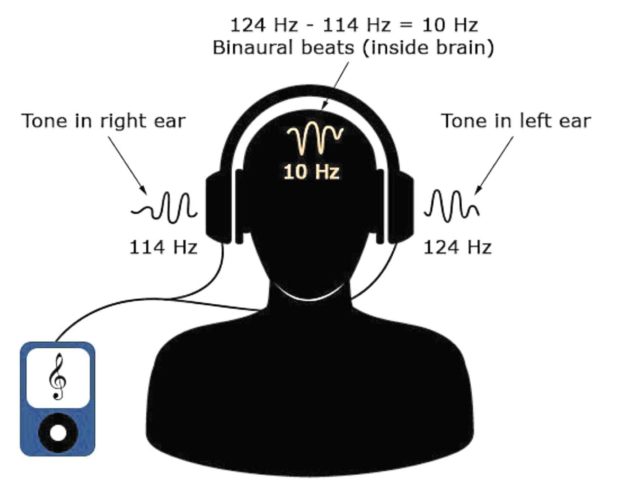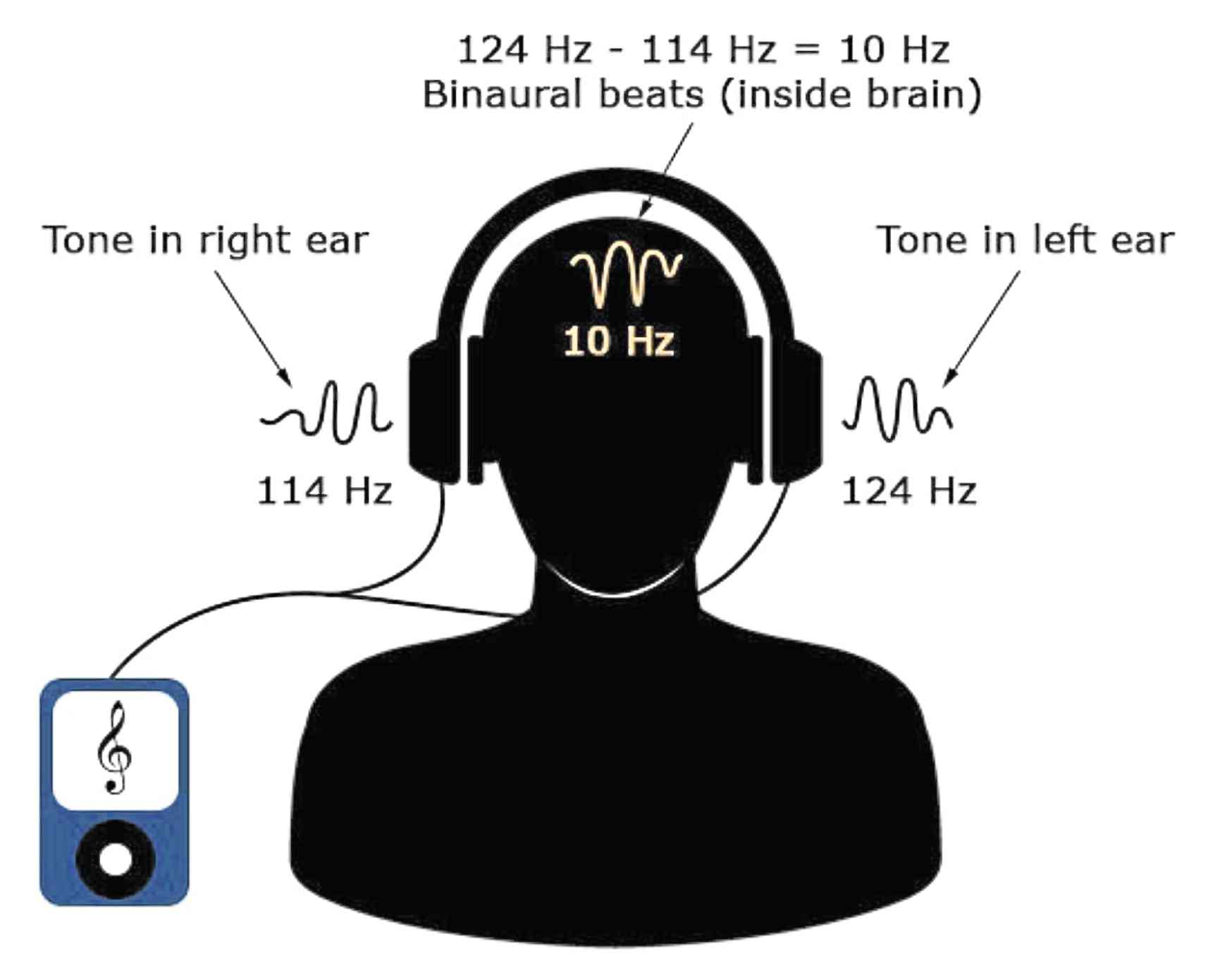
There was a time when I had a lot of apprehensions whenever I heard the word “meditation.”
Is that a religion? What is it really? What are the benefits of doing it? From my research, this is how it’s usually summed up:
One, it is not a religion; it is based on science, which means there is a process that follows a particular order. Two, it has defined principles, and three, it produces an outcome that can be verified.
The goal is to attain a state of peace by letting go of the mind’s distractions, and focusing on cultivating stillness. This begins with focusing on your body and becoming aware of each breath.
Sounds easy? Not to me! I had major anxiety for my very first session. I could not keep still, and my thoughts drifted from “Am I doing this right?” to “Note to self: Go to the grocery after this” and “This is taking forever, I am getting bored!”
But with perseverance and several guided sessions, I am now able to work with myself, achieve tranquility and meditate for even much longer than I ever imagined.
Self-awareness
In the spa industry, you will find meditation classes prevalent because we can all benefit from learning how to incorporate meditation in our daily life, as a tool for managing stress and enhancing self-awareness for emotional and physical health.
There are also different kinds of meditation, not just the one I mentioned above, which requires one to be still. Some of the alternatives include walking meditation; movement meditation like tai chi or kata, both of which are forms of martial arts; several yoga practices such as pranayama (breathwork) or kundalini, to name a few.
There is also such a thing as daily task meditation, accomplished when one is so focused on simple daily tasks like cooking or gardening. A hobby like painting or sculpting is not just a creative outlet, but is also meditative.
Listening mindfully to music, especially without lyrics, is another form of meditation. Lately I have been listening to binaural beats before going to bed to bring about deep sleep.
Binaural beats are a brainwave entrainment technology that is fast becoming a buzzword, as scientists are getting good results when listening to sound frequencies that trigger specific responses in the brain.
These brain reactions range from stirring spiritual awakening and heightening reaction, to actual regenerative healing.
Unlike in traditional meditation, where some distractions keep one from holding the mind’s focus, binaural beats put you in a meditative state easily and quickly. You don’t need any special skill or practice in meditation; all you need is to plug in a pair of stereo headphones, an MP3 player, and you’re ready to fall into a one-of-a-kind sensory experience.
When meditating using binaural beats, you should find a comfortable spot free of distractions.
You can meditate with your eyes open, while focusing on an object, or you can do it with your eyes closed and focus on the sound. It is important to use stereo headphones because each ear receives a slightly different frequency at the same time. The difference between the two frequencies which the brain perceives is the binaural beat.
Frequency patterns
According to researchers, there are four known categories of frequency patterns used in binaural beats technology.
Delta patterns, set at a frequency 0.1 and 4 hertz, are associated with dreamless sleep.
Theta patterns, set at a frequency between 4 and 8 Hz, are associated with sleep in the REM phase, meditation, and creativity Alpha patterns, set at a frequency between 8 and 13 Hz, may encourage relaxation.
Beta patterns, set at a frequency between 14 and 100 Hz, may promote concentration and alertness.
Meditation using binaural beats, if given your full attention, should last at least 30 minutes for one to experience the benefits.
Studies show that binaural beats can increase your intelligence and mental abilities, as they create synchronicity between the brain’s hemispheres, helping you become a whole-brain thinker instead of just a predominantly left- or right-brain thinker.
It also relieves stress. Daily meditation while listening to a soothing soundtrack increases activity in areas of the brain responsible for positive moods.
The practice of using rhythmic or patterned sounds is not actually new. If we look back through history, we will learn that ancient Greeks used music to ease stress and soothe pain.
Native Americans and Africans used singing and chanting as part of their healing rituals, while Tibetan monks used repetitive drumming and chanting to induce specific states of being.
Today, with the use of technology, this natural practice has been given a modern twist, giving more people a very pleasant and easy way to mediate. —CONTRIBUTED













































